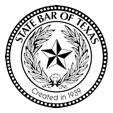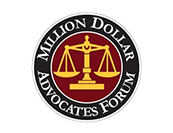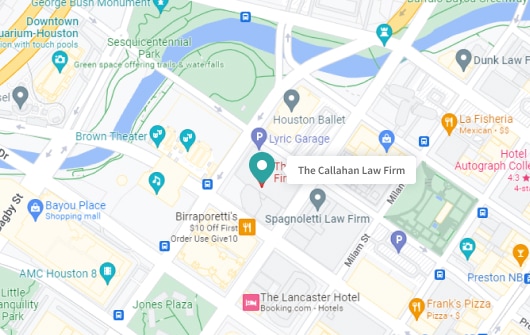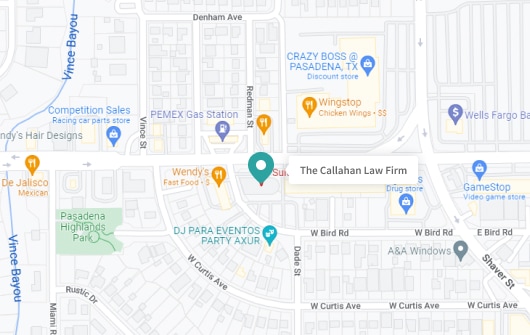Understanding Fault in Hit and Run Accidents
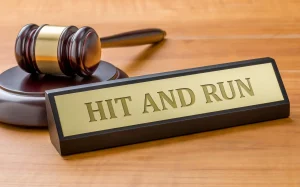
In the aftermath of a hit-and-run accident, those involved often find themselves grappling with more than just physical injuries. The profound sense of injustice can be overwhelming leaving individuals with unanswered questions and unsure where to turn.
The absence of the at-fault party complicates matters, adding layers of frustration to an already distressing situation. During these challenging times, legal representation becomes indispensable.
Working with a car accident lawyer can provide clarity and comfort. When you work with The Callahan Law Firm, we will walk you through the complexities of hit-and-run accidents and make sure you get the justice you deserve.
Hit and Run Accidents Explained
Hit-and-run accidents occur when a driver involved in a vehicle collision fails to stop and provide identification, assistance, or both to the other party or parties involved.
Hit-and-run incidents can result in various scenarios, such as damaging a parked vehicle, leaving the scene, sideswiping, or rear-ending another car without stopping to exchange information or offer assistance. For the driver that did stop, this can complicate the legal process that follows.
Usual Procedure After a Car Accident
After a car accident, involved parties are expected to stop their vehicles, ensure everyone is safe, exchange contact and insurance information, and report the incident to law enforcement.
Everyone should then wait until the police arrive at the scene before leaving. This process allows for a smoother transition into the claims process and ensures that all injured parties have the best chance to receive the support and compensation needed to recover from the incident.
Unique Challenges Posed by Hit and Run Incidents
In contrast, hit-and-run accidents introduce several hurdles, making it difficult to obtain justice and compensation. Injured parties may face challenges in identifying the at-fault driver, filing a police report without complete information, and navigating insurance claims, particularly if the hit-and-run driver remains unidentified.
Navigating the Aftermath of a Hit and Run Accident
Despite these challenges, there are steps that the injured driver can take to protect themselves and their interests after a hit and run:
- Immediately Report the Accident: Contact law enforcement as soon as possible to file a report. Provide any details that might help identify the at-fault driver. Sometimes law enforcement can identify the fleeing driver an their insurance company.
- Seek Medical Attention: Prioritize your health and well-being by getting a medical evaluation, even if you believe you are not seriously injured.
- Gather Evidence: Take photos of the scene, your vehicle, and any injuries. Look for witnesses who might have seen the incident or could provide information leading to the identification of the other driver.
- Contact Your Insurance Company: Inform your insurance provider about the incident, as you may have coverage under your policy for hit-and-run accidents.
- Consult with a Car Accident Lawyer: Hit-and-run accidents are complex, and navigating the legal and insurance claims process can be daunting. It’s crucial to reach out to a lawyer who specializes in auto accidents and hit-and-run cases.
While the experience of a hit-and-run accident can be overwhelming, it’s important to remember that you do not have to face it alone. With the right approach and assistance from legal professionals, injured parties can find their way through the aftermath
Determining Fault and Insurance Considerations
Dealing with a hit-and-run in Texas involves unique challenges, especially when it comes to determining fault and managing insurance claims. If you don’t have the at-fault driver’s information, understanding your insurance options and Texas-specific laws is essential for navigating these incidents confidently and effectively.
Understanding Liability Coverage in Texas Hit and Run Cases
In Texas, liability coverage is meant to cover expenses for accidents where the policyholder is at fault. However, in hit-and-run situations, claiming against the absent at-fault driver’s insurance or filing a personal injury lawsuit usually isn’t an option, so here’s what you can do:
- Filing a Claim with Your Own Insurance: When the other driver’s identity is unknown, you must rely on your own insurance. This often involves claiming under uninsured motorist (UM) coverage, which can cover medical expenses, lost wages, and property damage.
In Texas, uninsured motorist coverage is optional but highly recommended as it protects you financially if the at-fault driver is uninsured or flees the scene.
The injured party is encouraged to work closely with law enforcement and legal professionals to compile any available evidence that may lead to identifying the fleeing driver. However, the reality remains that in many cases, the at-fault driver may not be found, shifting the focus to the injured driver’s own insurance for potential compensation even though they weren’t responsible for the accident.
Seeking the assistance of a skilled lawyer, like those at The Callahan Law Firm, can greatly enhance your ability to secure adequate compensation.
Factors Impacting Compensation Opportunities After a Hit-and-Run
Navigating the path to compensation after a hit and run involves examining several critical factors that can significantly affect the outcome.
Availability of Witnesses
The presence of witnesses can be pivotal. Witnesses can provide independent accounts of the incident that may help establish details like what direction the other vehicle came from, its speed, and other factors contributing to the accident. Witnesses may even be able to provide details about what the driver looked like or license plate information. Their statements can strengthen a claim by corroborating the injured driver’s account of the events.
Ability to Identify the Driver
Identifying the fleeing driver significantly enhances the chances of receiving adequate compensation. This can sometimes be achieved through traffic cameras, dashcam footage, or physical evidence left at the scene. Successfully identifying the driver allows the injured party to pursue a claim directly against the driver or their insurance.
State Insurance Laws
The specifics of state insurance laws, especially regarding uninsured or underinsured motorist coverage, play a crucial role in compensation. In states where such coverage is mandatory or widely carried by drivers, compensation will be more readily available even if the hit-and-run driver isn’t identified.
Importance of Legal Guidance in Hit and Run Accidents
Seeking legal guidance from an experienced attorney is not just about navigating legal complexities – it’s also about ensuring peace of mind during a challenging time. Here’s how a car accident lawyer can help:
Maximizing Your Compensation
An attorney can accurately assess the full extent of your eligible compensation, including medical expenses, lost wages, and emotional distress, ensuring that all potential areas of compensation are explored.
Negotiating with Insurance Companies
Attorneys have the experience and knowledge to negotiate effectively with insurance companies, who often aim to minimize payouts. They ensure that any settlement offer is fair and commensurate with the damages suffered.
Providing Reassurance and Support
Having a professional who understands the legal system can provide significant reassurance. Knowing that a knowledgeable advocate is working on your behalf can alleviate stress and allow you to focus on recovery.
If you or someone you know has been injured in a hit and run, don’t hesitate to seek help from The Callahan Law Firm today.
Contact The Callahan Law Firm For Help After a Hit and Run
The journey of dealing with a hit-and-run accident is fraught with emotional and legal challenges. Understanding fault, navigating insurance claims, and seeking rightful compensation requires patience, resilience, and, most importantly, knowledgeable legal assistance. The reassurance provided by legal guidance cannot be understated. We encourage anyone impacted by a hit-and-run incident to reach out for help.
At The Callahan Law Firm, we are here to fight for your rights and guide you through every step of the legal process. Contact us today to schedule a no cost consultation with our Houston car accident lawyers.
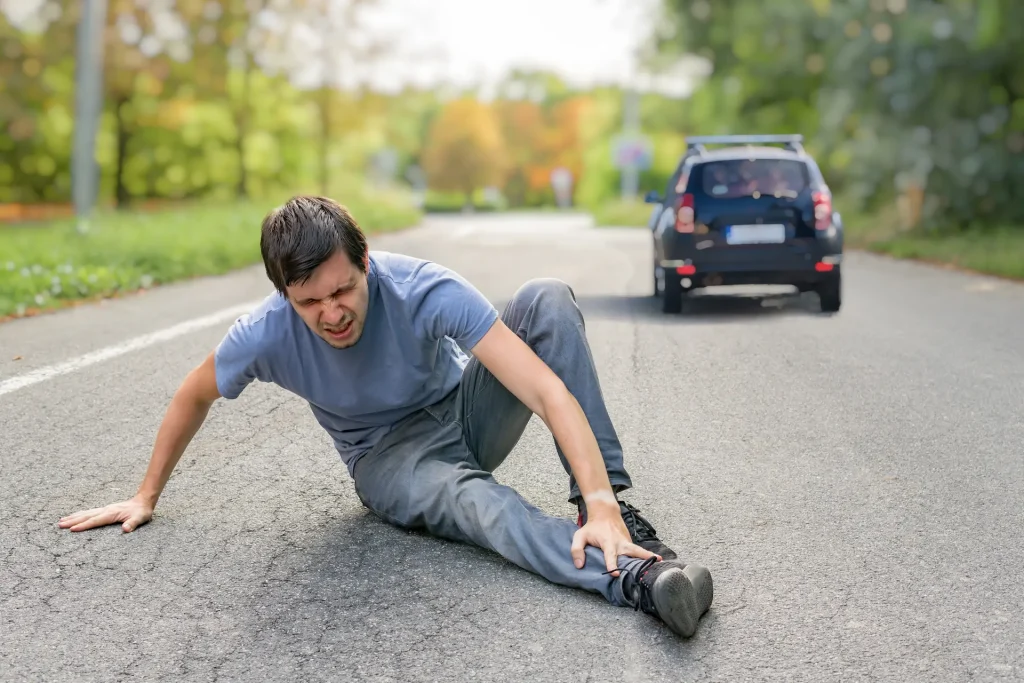
FAQ:
Is Texas a no fault state?
Texas, including Houston, operates under a “fault” system. This means the driver who causes an accident is responsible for the damages. Texas law requires filing a claim against the at-fault driver’s insurance to cover expenses related to the accident.
How is fault determined in a car accident in Texas?
Fault in a Texas car accident is determined by evidence from the scene, including witness statements, police reports, and any available video footage. The determination considers which driver’s negligence led to the accident and subsequent injuries or damages.
What is the penalty for hit and run in Texas?
In Texas, the penalties for hit and run depend on the accident’s severity. Failing to stop and render aid can result in significant fines, incarceration, and the suspension of driving privileges.
Are you automatically at fault if you rear-end someone in Texas?
Not necessarily. While rear-end collisions often result in the trailing driver being found at fault, Texas applies a proportionate responsibility system. If the leading driver’s negligence contributed to the accident, the fault might be shared between the parties based on their respective contributions to the collision.
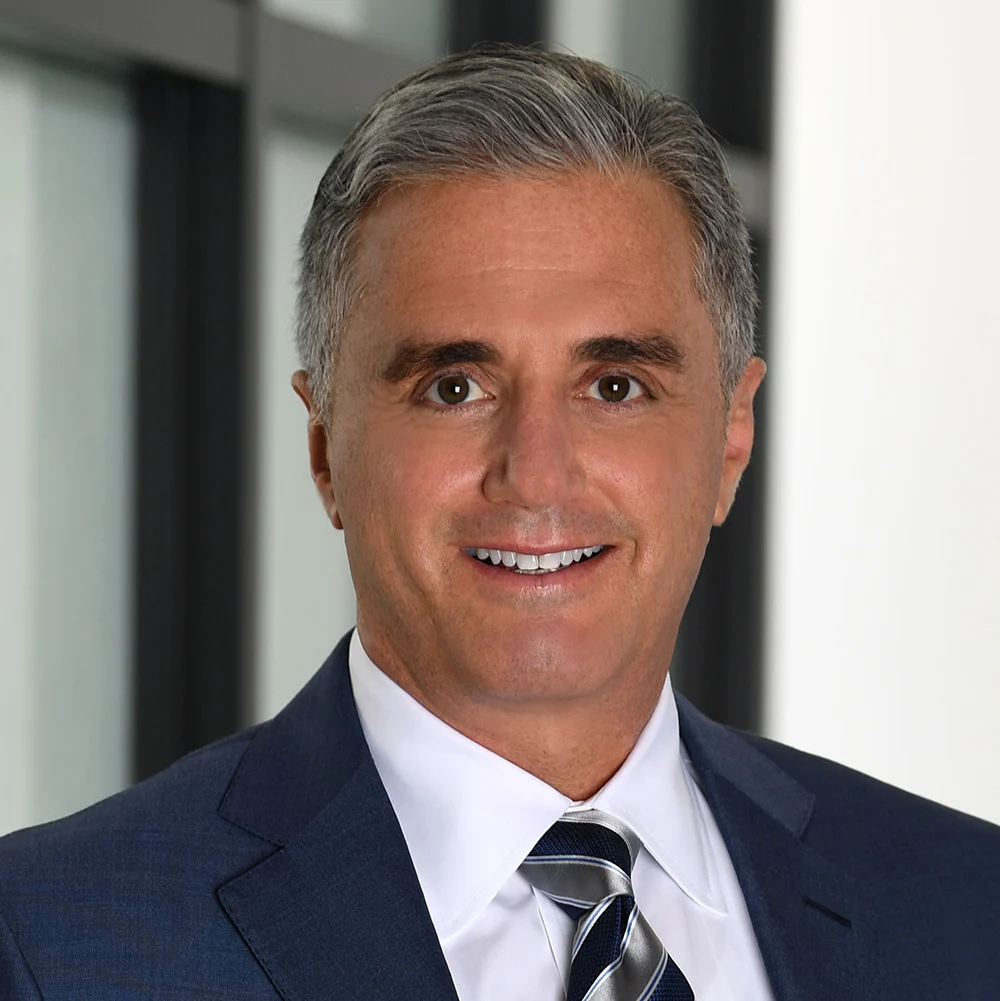
Michael S Callahan is an attorney and founder of The Callahan Law Firm. He focuses his practice on representing individuals and families in personal injury cases involving motor vehicle and truck accidents, workplace accidents and defective products. With over 25 years of experience, he is dedicated to fighting on behalf of people whose lives have been forever altered by the negligence and carelessness of corporations and individuals. Originally trained as a mechanical engineer, Michael has been practicing law and fighting for justice for those who need it most since 1994. He is board-certified in Personal Injury Trial Law by the Texas Board of Legal Specialization and a member of various esteemed legal associations. Outside of work, Michael enjoys spending quality time with his family, outdoor activities, and continually striving to improve as a trial lawyer and human being.



